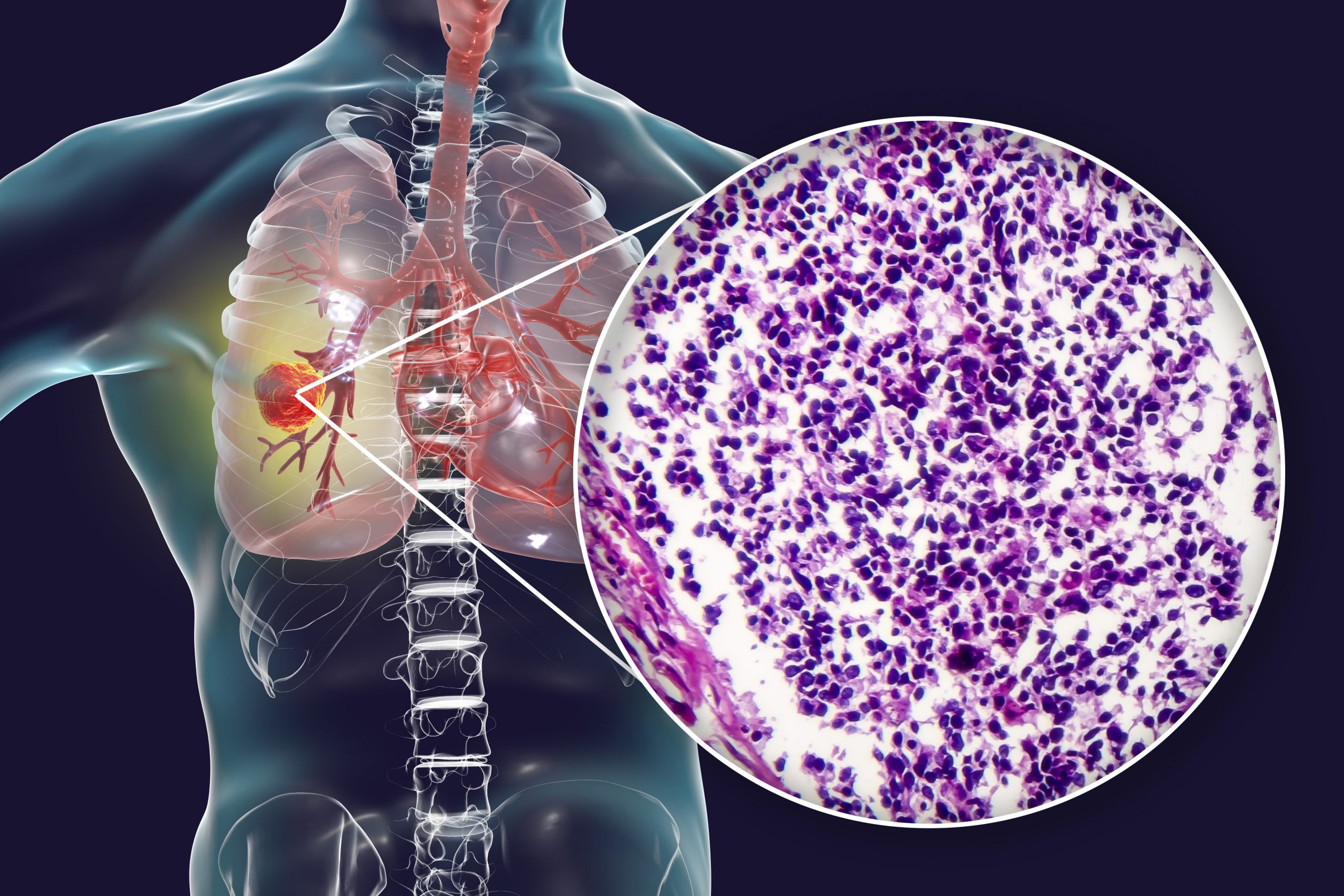Historically there have been very few treatment options available to those diagnosed with small cell lung cancer (SCLC), according to medical oncologist Dr Steven Kao, Chris O’Brien Lifehouse, Sydney.
Patient access to new treatments on the PBS is therefore critical to improving survival.
“For those diagnosed with ES-SCLC, chemotherapy has been the standard treatment option for many decades. More recently however, immunotherapy has been added to the standard of care,” says Dr Kao.
“Reimbursement of ES-SCLC treatments is an important step forward, potentially in both prolonging, and improving the quality of life for all Australians diagnosed with this devastating disease.”
SCLC is considered to be extensive stage when it has spread throughout both lungs, or to lymph nodes on the other side of the chest, or has metastasised to other areas of the body, noting up to two in three patients reach extensive stage cancer before diagnosis.
“SCLC spreads rapidly and has a higher propensity than other cancers to spread to the brain, with 40-50% of patients developing brain metastases. The disease also commonly spreads to the livers, bones and adrenal glands,” A/Prof John says.
TECENTRIQ and chemotherapy combination
TECENTRIQ is an immunotherapy that works with the body’s own immune system to fight cancer cells. Belonging to a class of medicines known as checkpoint inhibitors, TECENTRIQ is a Programmed death-ligand 1 (PD-L1) inhibitor. PD-L1 is a protein that can stop the body’s immune system from recognising and destroying lung cancer cells, making the tumour ‘invisible’. TECENTRIQ attaches to the PD-L1 protein, allowing the immune system to ‘see’ the tumour.
For the treatment of ES-SCLC, TECENTRIQ is used in combination with chemotherapy. Chemotherapy works to stop cancer cells from growing and multiplying, and can also encourage the tumour to release antigens, which can trigger an immune response against the cancer. These therapies work together to help activate the immune system to fight ES-SCLC.
TECENTRIQ is associated with immune-related reactions. Based on severity, TECENTRIQ should be withheld and corticosteroids administered. In general, TECENTRIQ must be permanently discontinued for any recurrent Grade 3 or Grade 4 immune-related reaction.
In the pooled data from TECENTRIQ clinical trials, the most common adverse events (side-effects) observed were fatigue, decreased appetite, nausea, cough, shortness of breath, fever, diarrhoea, rash, back pain, vomiting, decreased muscle strength, joint pain, itching and urinary tract infection. The most common side effects reported in ≥20 per cent of patients who received TECENTRIQ in IMpower133 were hair loss, nausea, anaemia, fatigue and decreased appetite.
Reference list available upon request.









